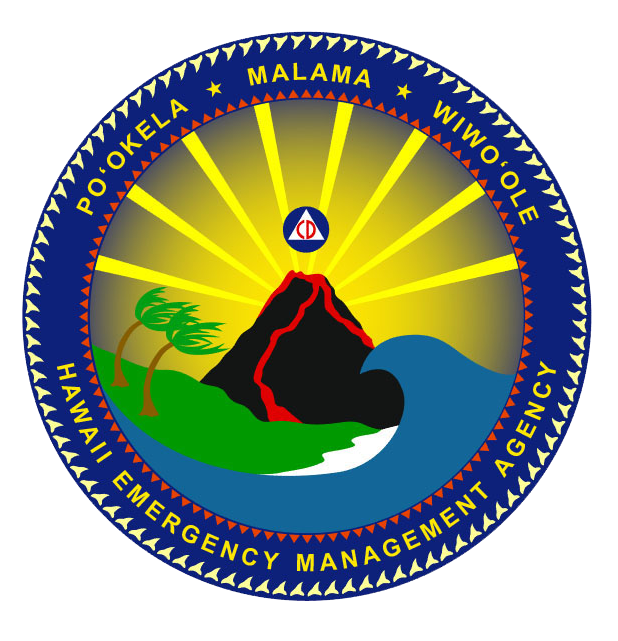NEWS RELEASE: Safe Travels Testing Program Update
Posted on Nov 25, 2020 in Featured, Information and News Releases, Main, News StoriesFOR IMMEDIATE RELEASE
Nov. 25, 2020
SAFE TRAVELS HAWAIʻI COVID-19 EVALUTATION TESTING PROGRAM UPDATE
The surveillance study’s data collection phase has concluded, assessment phase begins
(HONOLULU) – The Safe Travels Hawaiʻi COVID-19 Evaluation Testing Program found 45 confirmed positive COVID-19 cases as of Nov. 24, out of 20,253 tests conducted (or 2.2 per 1,000) – since the program’s launch on Oct. 19. The data collection phase of this program concludes with this update, and the assessment phase begins.
Leading this phase is Dr. DeWolfe Miller, an epidemiologist from the University of Hawaiʻi’s John A. Burns School of Medicine. He and his team will spend the coming weeks assessing the data collected, and will provide a report to assist state leadership and policy makers in making informed decisions regarding the Safe Travels Hawaiʻi pre-travel testing program.
“At this point, we have more than enough data to draw conclusions from the first phase of this surveillance study,” Dr. Miller said. “Our preliminary analysis of the data has left us with early takeaways, but we look forward to further evaluations.”
As the study wraps up with the assessment phase, a small amount of data may be included in the report over the coming weeks as post-arrival testing partners and counties share information under the current program. Final numbers and analysis will be provided in Dr. Miller’s report.
“We are very pleased with the surveillance study and it has extreme merit in assessing the Safe Travels Hawaii pre-travel testing program,” said Lt. Gov. Josh Green. “We look forward to delivering a completed report to our state and county leadership so they can make data-based decisions on the best way to move the program forward and manage Hawaiʻi’s COVID-19 response.”
Per Dr. Miller, the Safe Travels Hawaiʻi COVID-19 Evaluation Testing Program’s preliminary findings indicate the following:
1. Screening and pre-polymerase chain reaction (PCR) testing will greatly improve sensitivity of the PCR pre-travel test. For example: This screening prior to taking the PCR test, includes previous 14 days prior to PCR testing, have been free of any COVID-19 key symptoms (fever, etc.), have not taken fever-reducing medication, have not felt ill, no difficulty breathing, is not in quarantine, no new cough, no travel during the 14 days, have had no potential exposure to COVID-19 infected individuals, have not attended social gatherings, and has been wearing a mask at all times outside the home.
2. COVID-19 case numbers are increasing on U.S. mainland departure locations. This may impact previous results.
3. Surveillance results in phase one included both sampled participants and participants from Hawaiʻi County in which all persons were included. This has made it possible to include in the final report an assessment of case rates based on data from those who participated in the systematic sampling program. Preliminary analysis suggests that the sampling program, which had a large no show, many have created an upward sampling bias in the program’s case rate estimates. This will be more thoroughly assessed in the final report.
4. Very preliminary data analysis revealed a very strong risk for COVID-19 infection in returning residents relative to visitors.
Lt. Gov. Green added, “The early results of this study show a small uptick in the number of travelers testing positive for COVID-19 upon receiving a second test after arrival. Conducting an antigen test upon arrival, with a subsequent confirmatory PCR test, as Hawaiʻi County has done, has proven to be helpful. To the extent mayors can follow a similar policy and operationalize post-testing, I recommend that course of action for extra assurance and an added layer of safety to the Safe Travels pre-travel testing program. Plus, as the initial data indicates, strategic post-testing for returning residents could also prove beneficial in slowing the spread of COVID-19.”
The State of Hawaiʻi will evaluate how the surveillance program needs to operate in the future.
###
